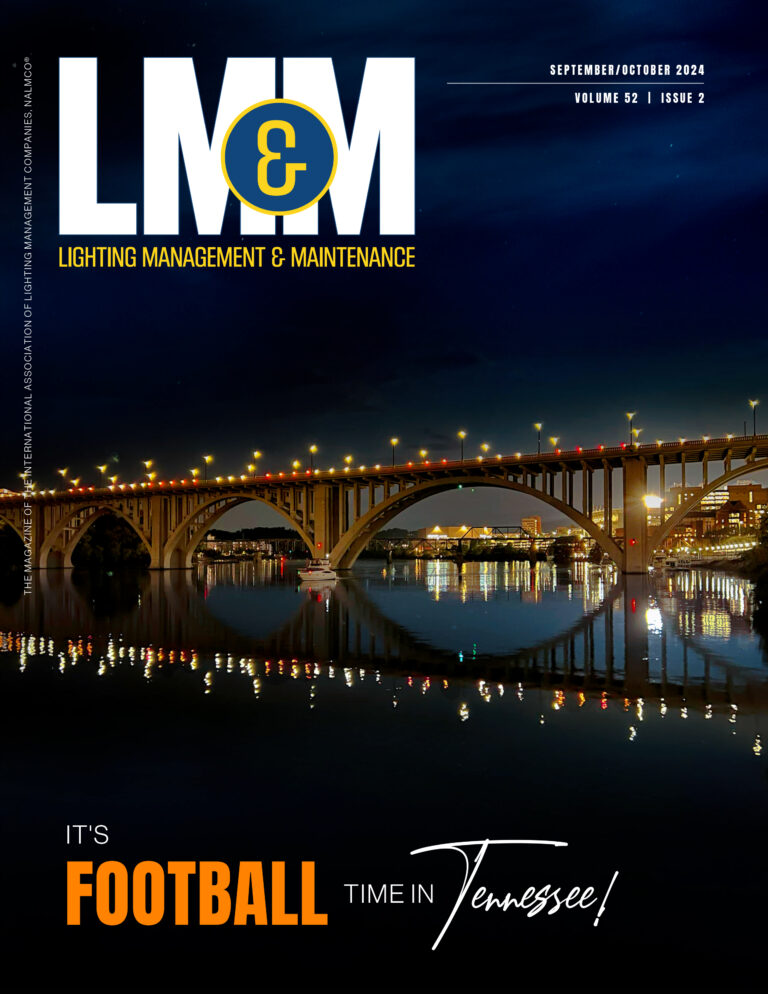- LED…suppresses the body’s production of melatonin five times more than exposure to orange light.
- “Unless legislation is updated soon, with the current trend toward white LEDs which emit a huge amount of blue light, we will enter a period of elevated negative effects of light at night on human health and environment…Read the original article.
Nancy Clanton is the founder and President of Clanton & Associates. Her response follows:
On a macro scale, white phosphor coated LEDs with a blue LED pump does produce more light in the short wavelength region below 500nm. This region is within the melatonin suppression action spectrum.
What is unknown, is the quantity of light that is required. There are many ongoing research projects that are trying to quantify how much is too much. The most prominent researcher in this area is Dr. George Brainard, professor of biochemistry and molecular pharmacology from Thomas Jefferson University. He will be the most qualified to review this research and make an opinion.
From a lighting design standpoint, there are several issues that can help reduce or eliminate the melatonin suppression risk.
1. Minimize light below 480nm
2. Control glare and light trespass adjacent to places of sleep such as residential areas, hospitals, long term care, correctional facilities, etc
3. Minimize or eliminate uplight
4. Do not overlight which will improve low level adaptation, reduce reflected light and save energy
5. Design with adaptive standards such as dimming lighting depending on activity levels, seasonal effects like snow, and community expectation
6. Adjust for mesopic luminance such that “white light” requires lower quantity and improves uniformity ratios
An awareness that short wavelength light is in the action spectrum of melatonin suppression is a good thing. Using this as a tool to promote HPS over white light sources is an expected reaction. Instead, I would challenge LED luminaire manufacturers to create low glare luminaires, provide dimming as a standard option, and incorporate “tunable” spectrum that can vary over the course of the evening. Lighting designers challenge is to select appropriate criteria (do not overlight), specify quality low glare equipment (aggressive BUG ratings), deploy dimming controls, select spectral distributions that minimize short wavelength light and keep up the pressure on manufacturers for quality equipment. Research community needs to provide consolidated research results such that designers know the quantity of light required to suppress melatonin production.
In conclusion, knowledge of issues is a good thing. How we design exteriormlighting is up to us to provide a quality visual environment with little or no environmental impact.



